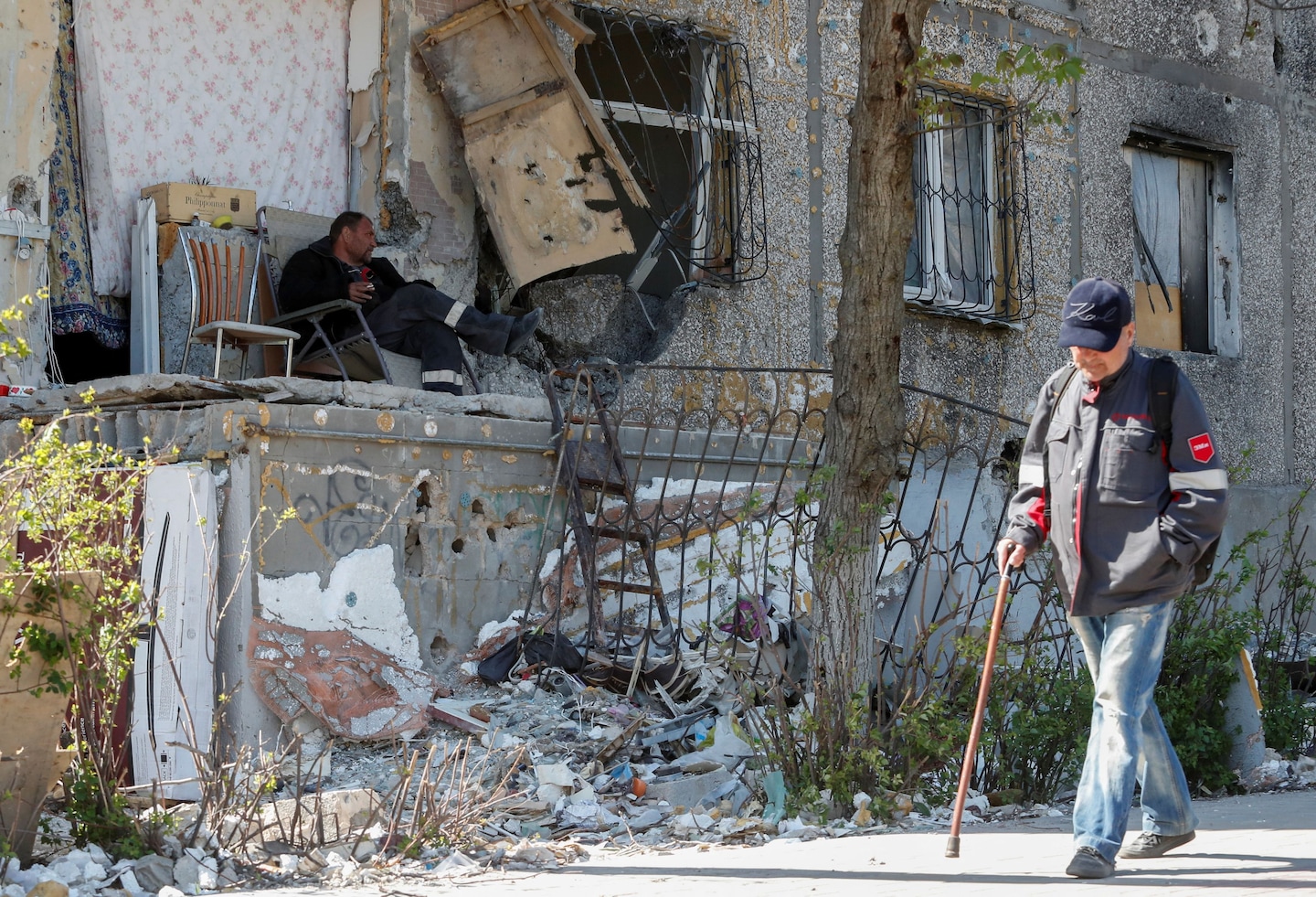Many months of brutal fighting lay ahead in Europe and the Pacific when the United States gathered its partners at Bretton Woods, N.H., in July 1944 to plan the global order that would follow World War II. The Allies knew what institutions the world would need — the future International Monetary Fund, World Bank and United Nations — even before they could see the final victory.
The time is now to plan for the aftermath of war in Ukraine

The United States and its NATO partners need to show similar creative imagination now as the war in Ukraine grinds on. The West’s leaders may not be able to describe just how or when the awful battle will end, but they know the building blocks of the future: security, prosperity, law and order, democracy. And they can begin the reconstruction process now, even while the fighting still rages.
The world will eventually celebrate a final Ukrainian victory and the expulsion of the last Russian invader. But that could be years, even decades, away. We aren’t going to see a peace treaty signed on the battleship Missouri any time soon. For a long while, Ukraine is likely to be a partially divided country, with Russian troops across what’s likely to be a hot cease-fire line.
This stalemate and separation would be cruel. But as Ukrainians plan for the next few years, they should consider the examples of South Korea and West Germany — which became wildly successful democracies in the shadow of unfinished wars and despotic adversaries.
Follow David Ignatius‘s opinions
FollowStrategic patience will be a weapon, along with Ukraine’s fierce defiance. The West should make clear that it will refuse any formal recognition of Russian sovereignty in territory it has seized — just as the United States for generations refused to recognize Soviet control of the Baltic states. Eventually, it will come right.
For now, the goal for Ukraine and its NATO allies should be to contain the Russian offensive within southeastern Ukraine, push Putin’s forces back where possible, and make this war too painful for Russia to continue indefinitely. The latest U.S. intelligence reports suggest this is an achievable goal, but one that carries risks for both Ukraine and its allies.
Avril Haines, the director of national intelligence, provided a clear summary of current U.S. assessments during Senate testimony on Tuesday. The Ukraine battle “is developing into a war of attrition,” she explained. Putin still wants to dominate Kyiv and control all of Ukraine’s Black Sea coast. But he lacks the conventional military power to achieve these aims. This “mismatch” between his ambitions and capabilities could produce “a more unpredictable and potentially escalatory trajectory,” she said.
The shape of Europe is moving inexorably against Putin because of the folly of his invasion. Finland applied on Thursday to join NATO, and it will likely be followed by Sweden. The Russian foreign ministry threatened “retaliatory steps” against this NATO expansion, and former president Dmitry Medvedev warned darkly that the military squeeze on Russia could be eventually pose a “risk of turning into a full-fledged nuclear war.”
This is scare talk. “We believe that Moscow continues to use nuclear rhetoric to deter the United States and the West from increasing lethal aid to Ukraine,” Haines said, warning that Moscow could turn up the volume by staging nuclear exercises with ICBMs, bombers and submarines.
Britain is offering Finland and Sweden a defense pact on the way to NATO membership, and when I asked British Defense Secretary Ben Wallace on Thursday whether that meant a “nuclear umbrella,” he didn’t say no.
Reconstruction should begin now in Ukraine, even as the war continues. President Volodymyr Zelensky has published an online menu for reconstruction, United24. Western nations should begin pledging to meet those requests.
The eventual bill for this war will be immense. A Ukrainian official told me on Wednesday that the eventual cost will exceed $500 billion, according to estimates prepared by the Kyiv School of Economics. The U.S. Agency for International Development and other global agencies are already pumping in billions in humanitarian and other assistance.
This reconstruction process eventually must include Russia, too, paradoxical as that may sound. It won’t happen soon. Alexander Gabuev, a senior analyst at the Carnegie Center in Moscow who recently left Russia, told me Thursday that a large majority of Russia supports Vladimir Putin’s war. Russia sadly is heading the way of Iran, becoming an outcast, sanctioned nation. But it won’t stay that way forever. Eventually, said Gabuev, “there will be a spark.”
George Robertson, a former NATO secretary general, shared with me comments that Putin made at NATO’s summit with Russia in Rome in 2002. Recalling Russia’s long isolation in the Cold War, Putin observed: “Nothing good came of that confrontation between us and the rest of the world. We certainly gained nothing by it.” How right he was.
Even as the war continues in Ukraine, I hope President Biden will keep repeating the message: “The Russian people are not our enemy.” The United States must continue to illuminate an eventual path of return. Someday, an exhausted, traumatized Russia will come in from the cold.






